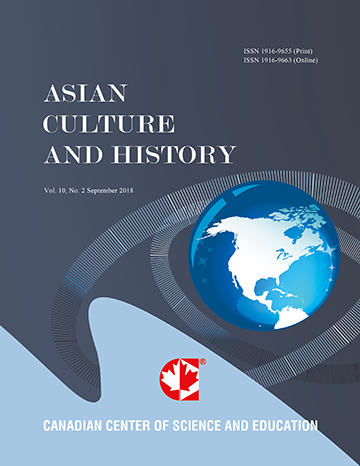Traditional Knowledge Principles of Thai Fruit and Vegetable Carving
- Saibangorn Panprom
- Kla Somtrakool
- Pairat Thidpad
Abstract
This qualitative investigation uses a participatory research method to document the traditional knowledge and state of fruit and vegetable carving in Thailand. Results show that successfully inherited traditional carving designs are simple and easy to learn. More intricate designs live and die as the artistic signature of the individual artisan and are not usually inherited. The intricacy of the displays will reflect the level and prestige of the events at which they are shown, which are primarily hotel banquets and contests. All modern fruit and vegetable carved displays are based on traditionally inherited principles. There are problems with the traditional craft in six major categories: materials, designers, sculptors, design development, inheritance and added-value creation. Ultimately it is important for all artisans to be well-trained in the traditional concepts of the art but creative and pragmatic in their design concepts.
- Full Text:
 PDF
PDF
- DOI:10.5539/ach.v6n2p43
Journal Metrics
Google-based Impact Factor (2017): 5.42
h-index (January 2018): 11
i10-index (January 2018): 21
h5-index (January 2018): 6
h5-median (January 2018): 9
Index
- Academic Journals Database
- CNKI Scholar
- COPAC
- EconPapers
- Elektronische Zeitschriftenbibliothek (EZB)
- Excellence in Research for Australia (ERA)
- Genamics JournalSeek
- Google Scholar
- Infotrieve
- LOCKSS
- MIAR
- NewJour
- Open J-Gate
- PKP Open Archives Harvester
- Publons
- RePEc
- Scilit
- SHERPA/RoMEO
- Standard Periodical Directory
- Technische Informationsbibliothek (TIB)
- The Keepers Registry
- Universe Digital Library
- WorldCat
Contact
- Ivan YongEditorial Assistant
- ach@ccsenet.org
